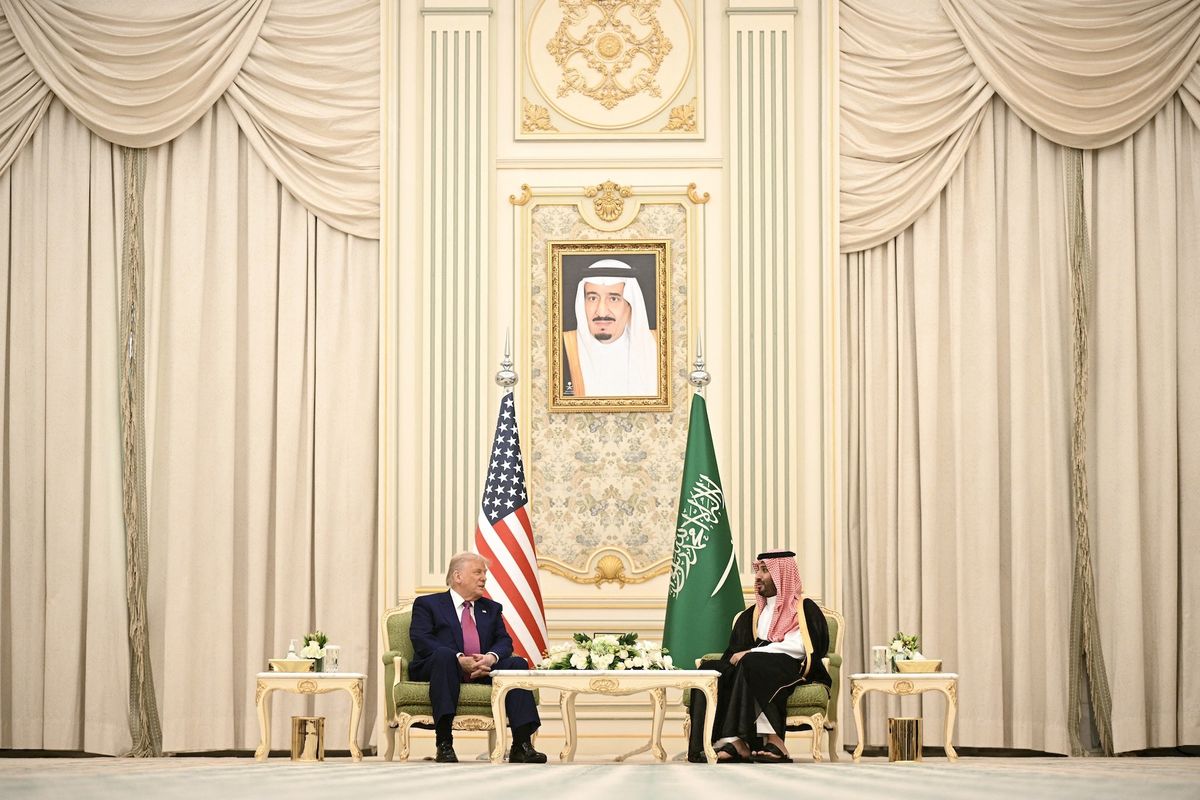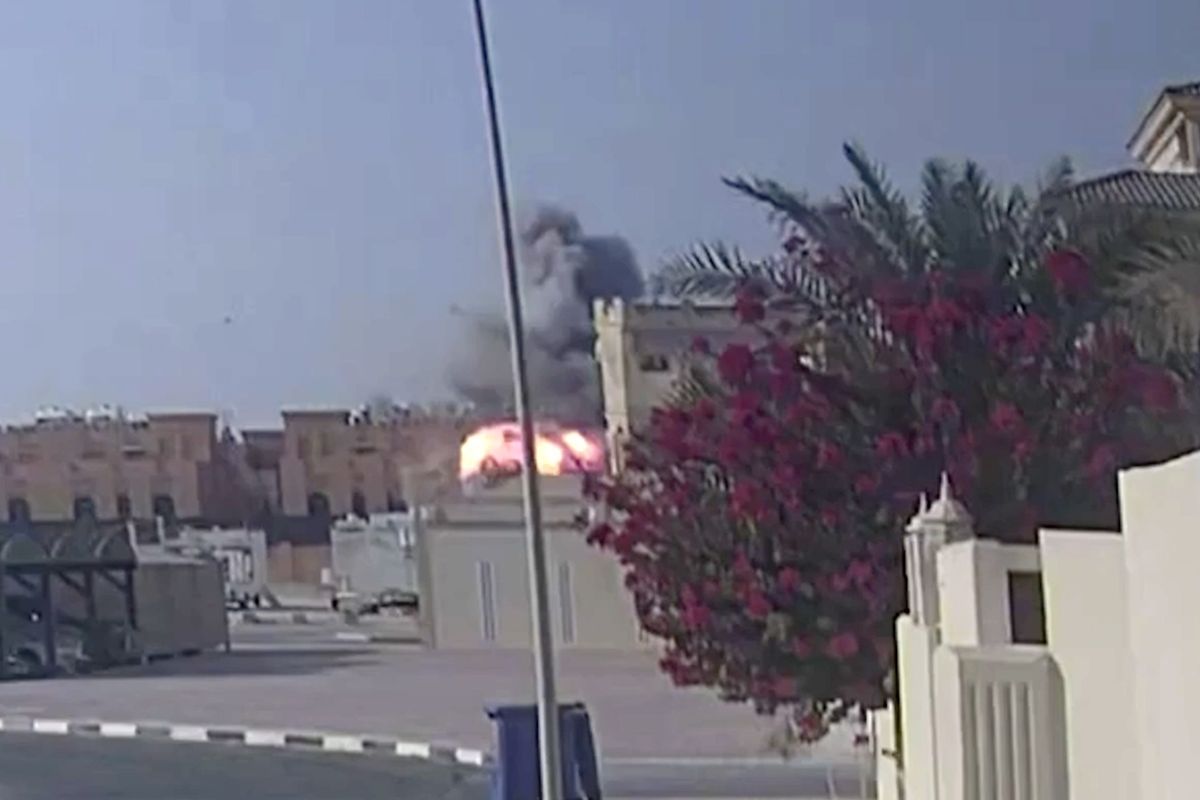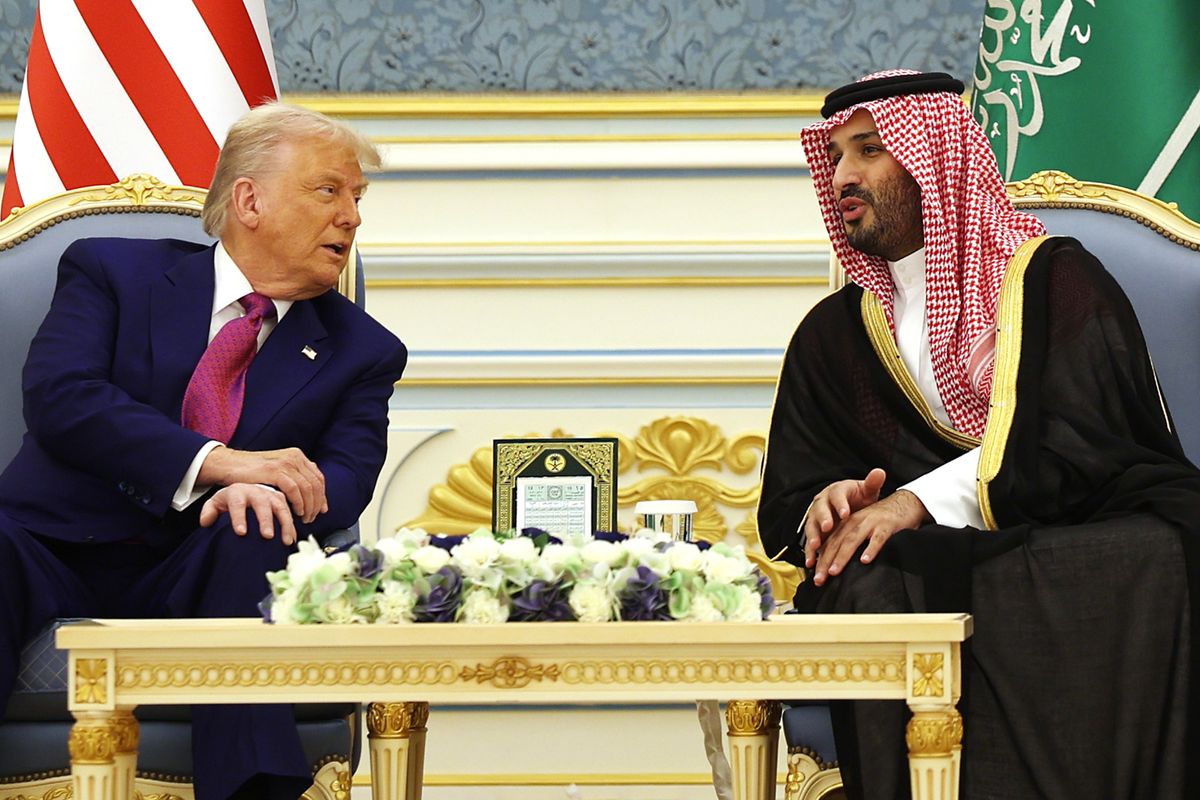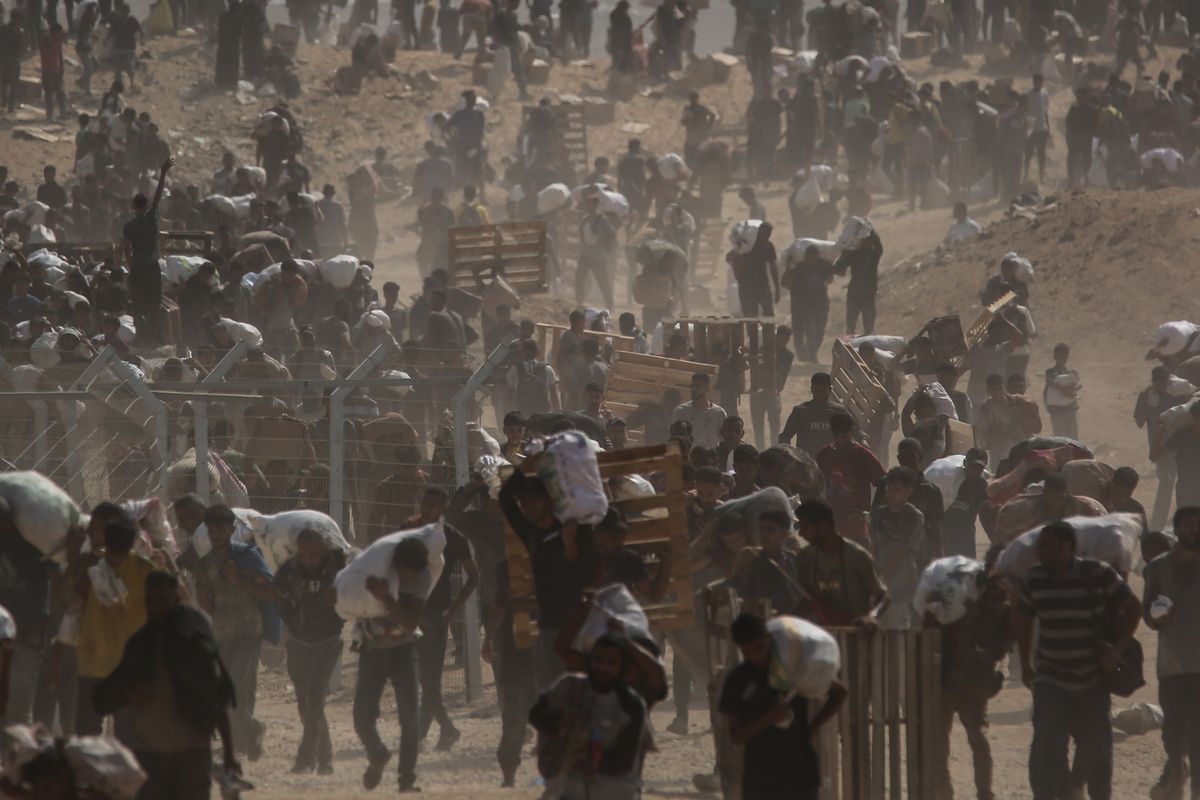In part one of his two-part exclusive series for The Cipher Brief, AEI Scholar Kenneth Pollack, the author of the recently-released Armies of Sand: The Past, Present and Future of Arab Military Effectiveness, discusses how the fundamental balance of power in the Middle East is changing, and what's driving the change.
You might think that the Middle East couldn’t get any worse. Think again.
For the last 50 years, the lop-sided military balance in the Middle East has been a well-known constant of the strategic landscape. The Israelis (and Americans) were unbeatable, and the Arab militaries were hopeless, with the Iranians somewhere in between. It took the states of the region 25-30 years after World War II to figure this out, but once they did, it greatly dampened interstate war as the Arab rulers realized that they could not pursue their foreign policies by force. The two exceptions—Saddam Husayn and Muammar Qadhafi—proved the rule. Their refusal to accept this reality ultimately led to their downfalls.
Kenneth M. Pollack, Author, Armies of Sand
"But times are changing and the factors that produced this stable strategic balance for so long may be coming to an end. Already, groups like Hizballah and ISIS are challenging the region’s military status quo. Their successes warn of greater changes to come while encouraging others to beat their ploughshares back into swords."
Groundhog Day in Ramadi
In the fall of 2015, the war with ISIS was stuck. Lt. General Sean MacFarland had just taken command of the U.S.-led military coalition and he wanted an outside perspective to help him develop a strategy to win the war. He asked a small group of experts, myself included, to travel to the Middle East, talk to the Iraqis and Coalition personnel, observe their planning and operations, and give his team our perspectives.
At the time, the battle for the Iraqi city of Ramadi burned hot, but not particularly fast. We saw problems across the Iraqi Security Forces. At the highest levels, some of Iraq’s generals battled each other far more fiercely than ISIS. The US military had succeeded in removing many of the worst of Iraqi Prime Minister Nouri al-Maliki’s political hacks from the chain of command, but enough still remained to gum up the works.
At the other end of the chain of command, Iraqi troops really could not take advantage of the capabilities of their equipment. For instance, they had several dozen M1 tanks at Ramadi, which ISIS essentially had nothing to stop. When we spoke to American and other Coalition personnel about why the Iraqis were not making better use of the M1s, we heard a litany of horror stories about Iraqis mishandling their tanks—driving them into pits and wadis, not understanding what the tank could do, failing to maintain them properly despite the many foreign contractors handling more-demanding repairs and upkeep.
Yet what the American and other Coalition military officers found most frustrating, were the problems in the middle of the Iraqi military hierarchy. There, a complete lack of initiative and creativity on the part of Iraqi junior officers crippled the whole battle plan. Iraq’s commanders from squad-level on up to battalion and brigade, had absolutely no understanding of maneuver, would not react to ISIS moves, could not employ their tanks in conjunction with infantry and artillery, and simply would not attack—even with their enormous advantages in numbers and firepower. It drove the Americans to distraction. It was no surprise to our team that the battle of Ramadi dragged on for over a year in spite of the ridiculous imbalances in manpower and weaponry in Baghdad’s favor.
The Old Balance of Power
The scenes from Ramadi in 2015 could have been scenes from virtually any war waged by Arab militaries across the Middle East over the past 70 years.
Since the Second World War, the armed forces of the Arab states have struggled in battle after battle. They have lost too many that they should have won, and their accomplishments often came at a stunning price for very modest results.
Kenneth M. Pollack, Author, Armies of Sand
"Only a handful of exceptions stand out from this tableau of misfortune. These are interesting mostly for how they reinforced the rule, a pattern that has been the product of several deep, intermingled sources."
The best known of these is the malignant politics that have prevailed across the Arab states since they gained independence after World War II. The politicization of Arab militaries has certainly played its part in their misfortunes. When politicization has been at its worst, it has unquestionably hobbled Arab war-making, principally by saddling Arab armed forces with incompetent senior leaders and by undermining the morale and cohesion of their forces.
The underdeveloped state of Arab economies also played a role. Industrialization was late coming to the Muslim Middle East and it never reached anything like what it would achieve in the West or, later, in East Asia. That meant that relatively few Arab personnel had the kind of basic understanding of machinery necessary to enable them to take full advantage of the equipment used to wage war in this era. Arab armies, navies, and air forces could not get their weaponry to perform to its full potential. Moreover, they often brought only a fraction of it to the battlefield because they had failed to give it the care required.
Ultimately, however, the greatest problems that Arab armed forces suffered during the modern era (and continue to suffer to the present day) have been driven by patterns of behavior derived from the dominant Arab culture. Just as the Spartan, Macedonian, Roman, and Mongol cultures produced large numbers of men with the requisite skills best suited to war-making in their times, so Arab culture did the opposite in the modern era, producing too few men with the skills needed to succeed in industrial-age warfare.
That is not a condemnation of Arab society or its culture, which emerged from the specific geographic and historical situation of the Arab world at the time and worked for those circumstances. But the behavioral patterns it emphasized were simply not those best suited to success on the industrial-age battlefield.
Kenneth M. Pollack, Author, Armies of Sand
"As a result, Arab armed forces consistently underperformed, and underperformed in the same ways time and again, regardless of who they fought or where, the state of their politics, or the relative state of economic development between them and their foe."
Arab militaries were consistently crippled by passive and unimaginative tactical leadership, an inability to conduct effective air operations, and badly distorted flows of information across their chains of command but especially at tactical levels. Arab cultural preferences also hindered their combined arms operations, weapons handling, and maintenance. All of this reflects the emphases of their dominant culture—an impact that economists and social scientists have increasingly recognized as having hindered their industrial development and economic productivity as well during this period.
In contrast, Israeli organizations, both military and civilian, functioned in a bottom-up fashion almost to a fault, a pre-requisite of success on the industrial-age battlefield. Moreover, Israel was a small, tight-knit state, facing the larger but fractious Arab world. The Jews of Israel were also haunted by their near extinction in the Holocaust. Israelis were taught to believe that they had no choice but to win because defeat would be final. Moreover, the European and North American Jews who dominated the country in its early days set about inculcating the educational and entrepreneurial practices of their former homelands in the new nation. Not surprisingly, Israel industrialized quickly, and by the 1990s had one of the most powerful high-tech economies on the planet. Moreover, they created Israel as a democracy, free of the political problems that the Arabs (and Iran) often faced.
It’s not surprising then that the Israel Defense Forces (IDF) have proven themselves far, far more capable than any other regional military. They are so powerful that none of the Arab states have had a chance against them in a conventional fight.
Kenneth M. Pollack, Author, Armies of Sand
"Over time, this reality forced some to make peace with Israel, and forced rejectionist states and militant groups to shift to less efficacious unconventional warfare strategies—terrorism and guerrilla operations—instead."
When the United States became an active participant in Middle Eastern events, it too demonstrated a capacity to exercise power far beyond that of any of the Middle Eastern states, except its Israeli ally in some circumstances.
The interaction of these societal factors hobbling Arab militaries while simultaneously advantaging Israeli (and American) forces produced a remarkably uneven and immutable strategic balance that served as the bedrock foundation of Middle Eastern international relations for as long as most of us can remember.
Read part two of Ken Pollack's Analysis, 'Shifting Sands' in tomorrow's Cipher Brief and read more from Pollack here....
Pollack is the author of the newly-released, Armies of Sand: The Past, Present and Future of Arab Military Effectiveness...














